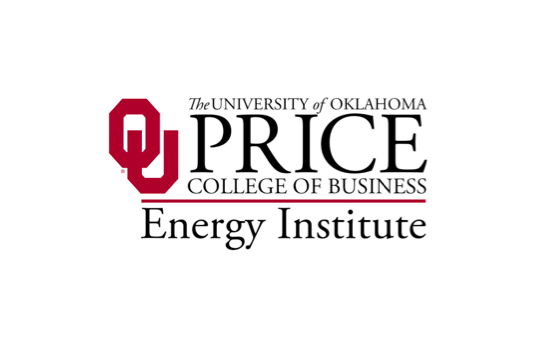A resurgent oil and gas industry—transitioning from scarcity of supply to indefinite abundance, and revolutionized by U.S shale with new business models and increased data use—is at the epicenter of global geopolitical change, a major industry event heard.
The fifth-annual Energy Symposium, hosted by the University of Oklahoma Price College of Business Energy Institute in the Devon Energy Center, Oklahoma City, was told there was no going back to previous business practices for the oil and gas industry following the prolonged downturn in commodity price, which began in 2014.
The event, titled, “Preparing for the Future of Energy—Thriving in Complex and Uncertain Times,” heard that historic questions of global hydrocarbon supply were no longer an issue due to the explosive growth of the U.S. shale sector. This has impacted the rest of the world and globalized American business through a revamped export policy. It could also play a positive role in future U.S. detente.
In his keynote address to a record event audience of more than 200 oil and gas industry professionals, Kenneth Hersh, CEO of the George W. Bush Presidential Center and Co-Founder and Advisory Partner of NGP Energy Capital Management, said, “This wonderful industry is at the epicenter of change. It is a change that has been dramatic and it is not going back to the way it was. It has increased opportunity, economic activity and has democratized what was a world of scarcity into a world of abundance.”
Mr. Hersh said the oil and gas industry, operating in an era of supply abundance, had to face the same pressures as any other commodity.”We grew up with axioms around scarcity, but now we have entered a different realm. The North American unconventional game has changed the industry and has had effects around the world,” he said.
“It is no longer about finding hydrocarbons. It’s about whom we are competing against, what our customers want, what our distribution channel looks like and what our price point is. Who are the winners? The consumers. The losers will be the high-cost producers and people playing the old game.”
Referencing political instability in the Middle East and Russia’s growing influence, Mr. Hersh added supply abundance at home, which released the U.S. from reliance on imports, may impact on future foreign policy decisions.
The Energy Symposium featured two panel sessions: “Forces Shaping the Future of Energy—Global and U.S. Big Picture” and “Challenges and Opportunities in the U.S.” Energy Institute board of advisors members Mike Stice and Bruce Stover moderated both panel sessions.
The sessions focused on the impact of technology and innovation in areas such as global supply and demand, issues related to induced seismicity, the treatment and disposal of water and the impact of carbon emissions on global warming.
Attendees heard that, while the U.S. onshore shale industry has seen a rapid return to growth, technological developments and innovative risk-reducing business models in the offshore sector had lowered operating costs and would enable it to follow suit in the next two years.
Natural gas was forecast as one of the largest areas for growth, while the export of U.S. liquefied natural gas (LNG), particularly to Asia, could create benefits from a geopolitical perspective.
In welcoming delegates to the Energy Symposium, Daniel W. Pullin, Dean, Price College of Business, called on U.S. energy leaders to “thrive not just survive” in the low price environment. “Energy in all its forms drives humanity forward,” he said.
Dr. Dipankar Ghosh, Executive Director of the Price College of Business Energy Institute, said, “The international energy industry faces many challenges today, but it was clear from the high quality debate at the Energy Symposium that very real opportunities for growth exist. It was encouraging to hear the positivity and enthusiasm expressed by delegates and the many examples of how the energy industry is embracing the changes required today to meet the demands of tomorrow.”
To view the video shared at the Energy Symposium, please click here.









